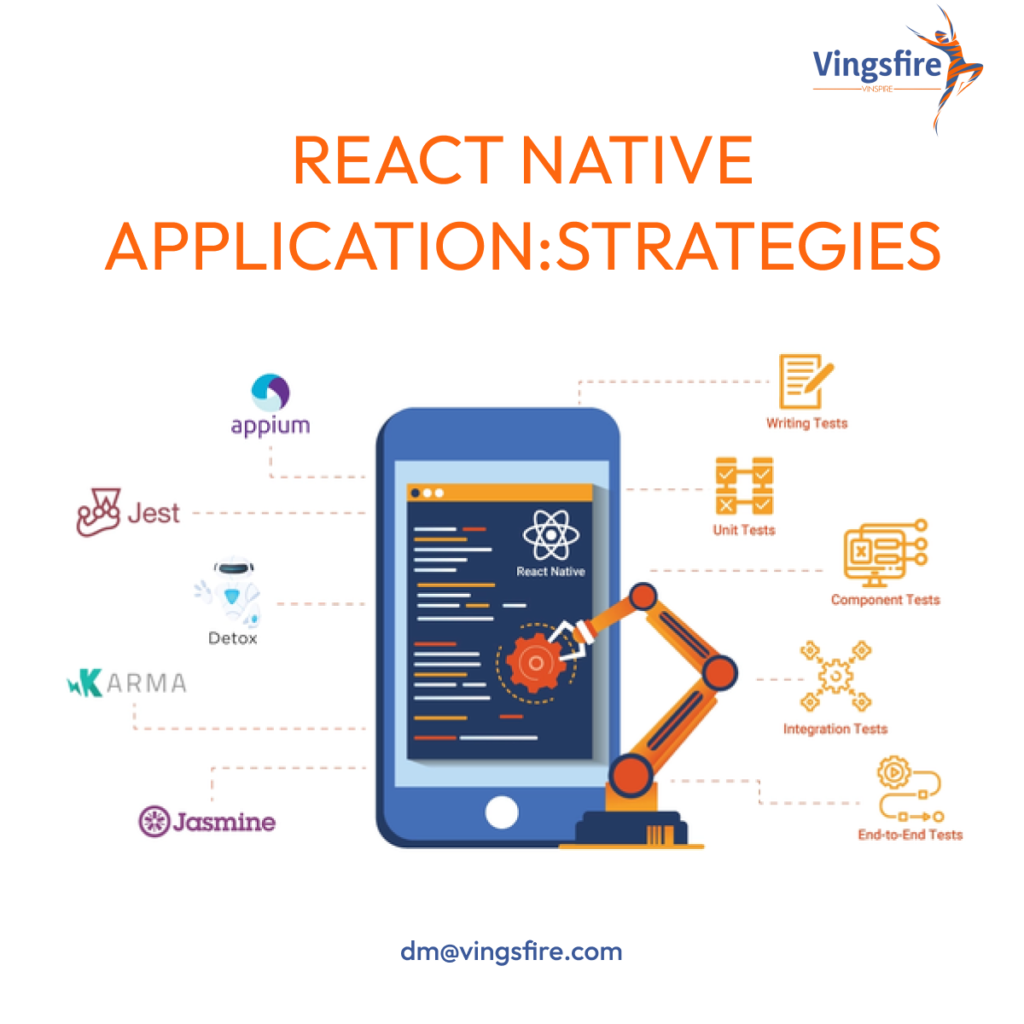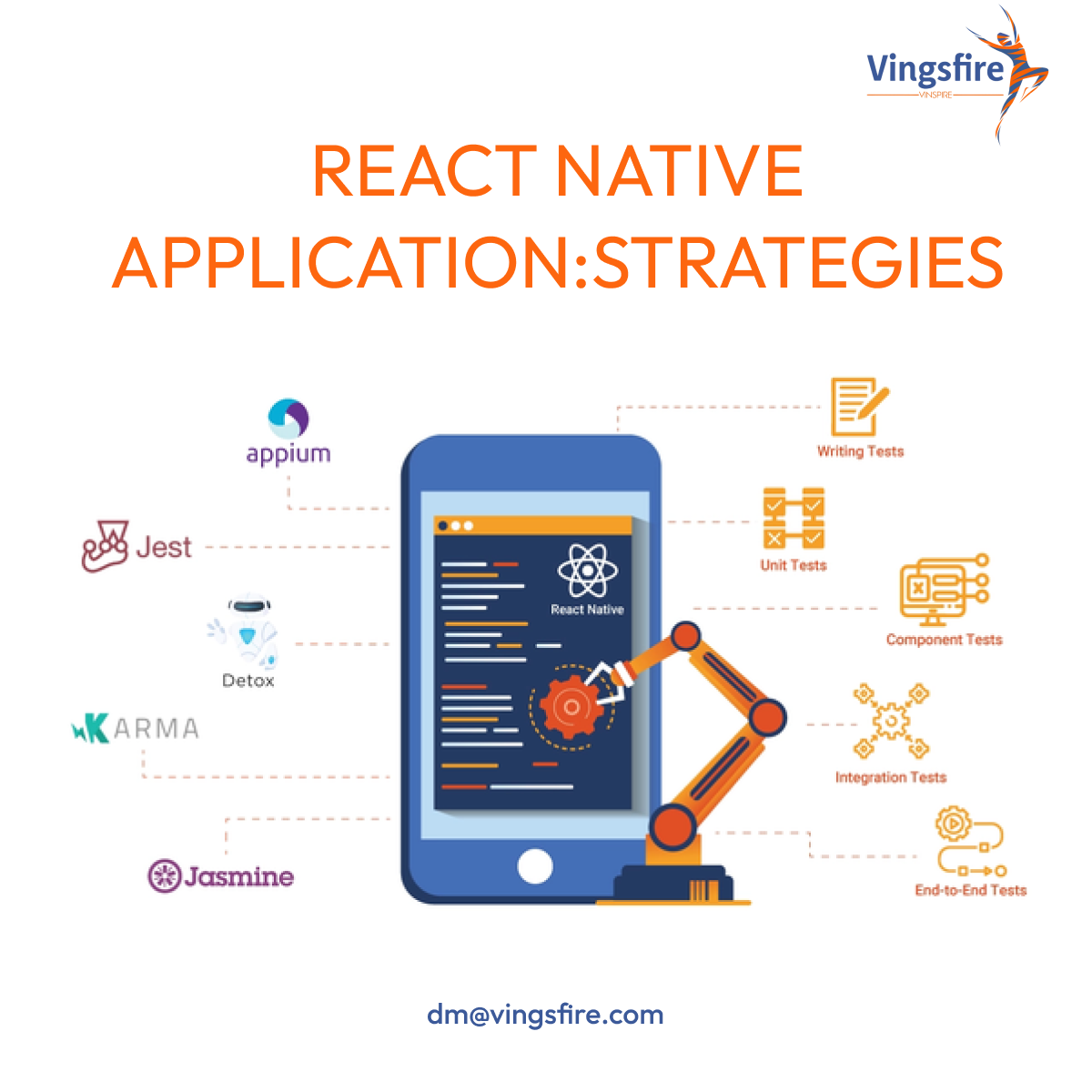
10 Strategies for Optimizing React Native Application Performance
Introduction:
React Native has emerged as a popular framework for building cross-platform mobile applications. While it offers numerous advantages, optimizing the performance of React Native development is essential for delivering a smooth user experience.
In this guide, we’ll explore 10 strategies for optimizing React Native performance.
Minimize Component Re-renders:
Avoid unnecessary re-renders by optimizing component updates. Utilize should ComponentUpdate or React.memo to prevent components from re-rendering when their props or state haven’t changed.
Use PureComponent or React.memo:
For class components, consider using PureComponent to automatically implement should ComponentUpdate with shallow prop and state comparisons. For functional components, utilize React.memo to memoize components and prevent unnecessary re-renders.
Optimize Image Loading:
Optimize image loading by using the appropriate image formats and sizes. Use tools like ImageResizeMode and FastImage to efficiently load and display images in your React Native application.
Implement Code Splitting:
Break down your React Native application into smaller chunks and implement code splitting to load only the necessary components and modules when needed. This can significantly reduce initial load times and improve performance.
Use Virtualized Lists:
For long lists or data sets, use virtualized lists such as FlatList or SectionList to render only the items currently visible on the screen. This helps conserve memory and improves scrolling performance.
Profile and Optimize JavaScript Bundle:
Regularly profile your JavaScript bundle using tools like React DevTools or Chrome DevTools to identify performance bottlenecks. Optimize your code, remove unused dependencies, and minify and compress your JavaScript bundle for faster loading times.
Optimize Network Requests:
Reduce the number of network requests and optimize the size of data transferred between the client and server. Implement caching strategies, use compression techniques like gzip, and prioritize critical content for faster loading.
Utilize Native Modules and APIs:
Where performance is critical, leverage native modules and APIs to access platform-specific features directly from your React Native application. This can improve performance and provide access to advanced capabilities not available through JavaScript alone.
Enable Hermes JavaScript Engine:
Consider enabling the Hermes JavaScript engine in your React Native application for improved runtime performance and reduced memory usage, especially on low-end devices.
Test and Benchmark Performance:
Regularly test and benchmark the performance of your React Native application using tools like React Native Performance and react-native-repackager. Identify performance regressions and bottlenecks early in the development process and optimize accordingly.
Conclusion:
By implementing these 10 strategies for optimizing React Native application performance, you can ensure that your mobile applications deliver a smooth and responsive user experience across different devices and platforms.

